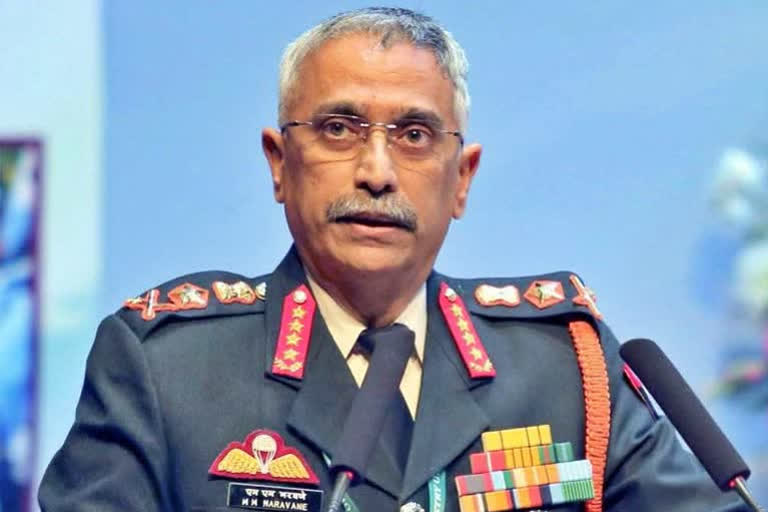New Delhi: Easy availability of drones has increased the complexity of security challenges and the Indian military is developing capabilities to effectively deal with the threats, be it from state-sponsored elements or by states themselves, Army Chief Gen MM Naravane said on Thursday. In an address at a think-tank, Gen Naravane said the security establishment is well aware of the challenges and certain measures have already been put in place to deal with them.
'We are developing capabilities to deal with the threats whether they are state-sponsored or by states themselves. We are developing capabilities to deal with drone threats both in the kinetic and non-kinetic realm,' he said. Gen Naravane was asked about the recent drone attack on Jammu Force Station. On the situation along the Line of Control in Jammu and Kashmir, the Army chief said there has been no infiltration along the LoC after a ceasefire understanding was reached between Indian and Pakistani militaries in February.
Read: HC extends interim custody bail of accused in EC bribery case for mother’s treatment in Chennai
Since there is no infiltration, number of terrorists in Kashmir is lesser and so number of terrorism-related incidents also came down, he said. 'There will always be elements who will try to sabotage process of peace and development; we have to cater for that,' he said without elaborating. 'We have a strong counter-terrorism and counter-infiltration grid in Jammu and Kashmir and our operation to ensure peace and tranquillity will continue,' he said.
The talks between India and China on the border row in eastern Ladakh have helped "build trust" and the situation in the region has been normal since the disengagement took place in the Pangong Tso areas in February, Chief of Army Staff added. "The situation along the Line of Actual Control (LAC) is normal ever since the disengagement took place in February this year from the northern and southern banks of Pangong lake as well as the Kailash ranges," he said. "Since then both sides have strictly adhered to in the letter and sprit of the disengagement that was agreed upon. We are engaging the Chinese at various levels at the political level, at the diplomatic level and of course at the military level," Gen Naravane added.
The Army chief was asked to comment on the situation in eastern Ladakh. "This talk between us is going on and this has helped build trust between the two sides. And going ahead, we are sure that we will be able to resolve all the remaining issues," he said. At the same time, Gen Naravane said that the development along northern borders in the past year showed that the armed forces will have to be continuously prepared.
The comments by the Army chief came three days after Defence Minister Rajnath Singh said that India believes in resolving disputes with neighbours through dialogue but it will not tolerate if provoked or threatened. India and China on June 25 held another round of diplomatic talks on the border row during which they agreed to hold the next round of military talks at an early date to achieve the objective of complete disengagement in remaining friction points in eastern Ladakh. At the virtual meeting of the Working Mechanism for Consultation and Coordination (WMCC) on border affairs, the two sides had a "frank exchange" of views and decided to maintain dialogue to reach a mutually acceptable solution for withdrawal of troops in all friction points to enable progress in the overall ties, according to the Ministry of External Affairs (MEA).
Read: India, Pakistan exchange list of prisoners
India and China were locked in a military standoff at multiple friction points in eastern Ladakh since early May last year. However, the two sides completed the withdrawal of troops and weapons from the North and South banks of Pangong lake in February following a series of military and diplomatic talks. The two sides are now engaged in talks to extend the disengagement process to the remaining friction points. India has been particularly pressing for disengagement of troops in Hot Springs, Gogra and Depsang. According to military officials, each side currently has around 50,000 to 60,000 troops along the LAC in the sensitive sector. There was no visible forward movement on disengagement of troops in the remaining friction points as the Chinese side did not show flexibility in their approach on it at the 11th round of military talks.
PTI



